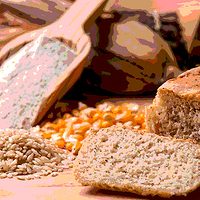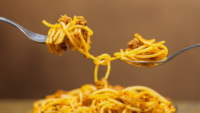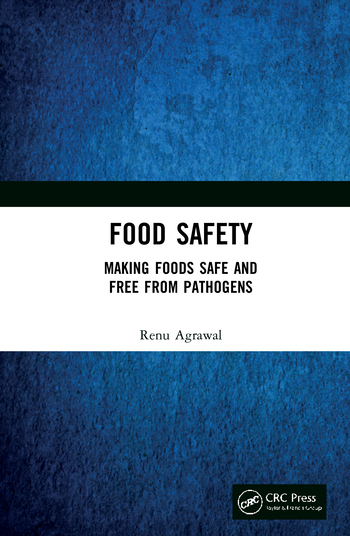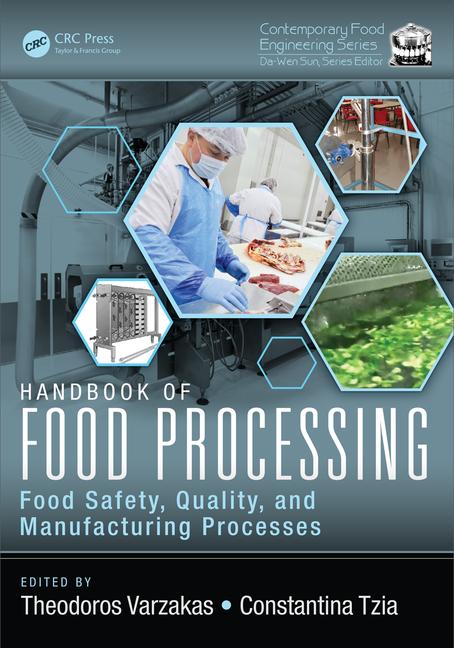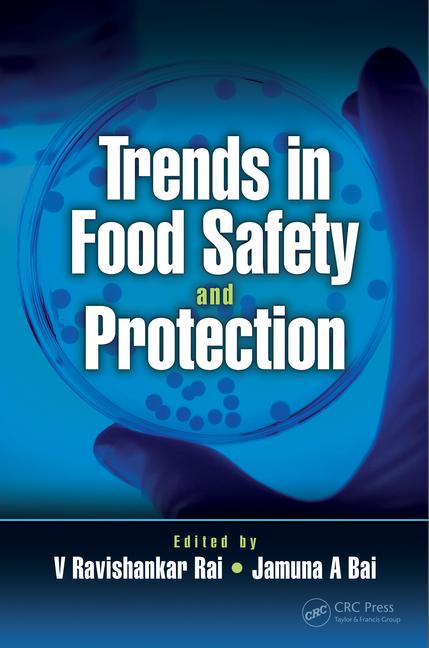Sanitization and Gluten-Free Dining: Fact versus Fiction

Given the fact approximately 1 percent of the U.S. population has been diagnosed with celiac disease and up to 6 percent of Americans have some form of gluten sensitivity, the demand for gluten-free dining options has never been higher. With the diagnosis of gluten sensitivity on the rise, more Americans are embracing a gluten-free lifestyle. According to Statista, the U.S. gluten-free good market is projected to reach $7.59 billion dollars by 2020.
With numbers like these, it’s little surprise that more restaurants are taking notice and offering gluten-free menu items. However, while restaurants may acknowledge the demand for gluten-free dining options, many may not understand what goes into safely preparing gluten-free meals. For example, a kitchen worker at the local pizzeria may use the same cutter on gluten-free pizzas and pizzas with gluten-containing crusts. This lack of understanding when it comes to safe food preparation procedures poses a risk to restaurants and their customers because a single gluten particle can land someone with celiac disease in the hospital.
Proper sanitization of gluten-free food prep areas and kitchen equipment is an area of common misconception. Restaurant staff may be familiar with sanitization requirements for bacteria but may be unaware of the steps involved in eliminating gluten particles. Whereas the objective of sanitization for bacteria involve killing the contaminant, the objective for sanitizing gluten involves physical removal of protein particles. Hence, restaurants need to take additional precautions to sanitize gluten-free food prep areas and kitchen equipment.
When it comes to removal of gluten, cross-contamination is a major pitfall for restaurant staff. For example, soap and water will remove gluten, but if kitchen workers use the same supplies to clean gluten-free and traditional food prep areas and kitchen equipment, they can do more harm than good. Using the same rag and bucket of water can actually spread crumbs containing gluten from areas that prepare gluten-containing dishes to gluten-free prep areas.
Fortunately, adopting gluten-free sanitization methods can be accomplished with minimal expense. In many cases, restaurants are already investing in the necessary supplies. A simple change like purchasing color-coded buckets and towels may be all that’s needed to implement an effective gluten sanitization program.
Restaurants seeking guidance on safe sanitization procedures for gluten removal—and the confidence of their gluten-free diners—may want to pursue a gluten-free certification program. From start to finish, the certification process is a great resource for information on gluten-free food preparation. In the early stages of the certification process, assessment teams can assist restaurants in developing effective sanitization procedures. They can also provide educational resources for training staff. During the onsite audit, assessment teams will verify that those procedures are being properly implemented and provide suggestions for addressing any issues identified. Once the restaurant achieves certified status, the certifying organization continues to offer guidance when restaurants have questions or need help.
For restaurants interested in pursuing certification, it’s important to remember that one size does not fit all. While certification requirements may be standardized, their implementation will vary for each restaurant depending on kitchen size, the equipment used, and other variables. A big benefit of the certification process is that restaurants can receive customized guidance on proper procedures, training, and implementation, based on their unique requirements.
As demand for gluten-free dining continues to grow, restaurants will need to offer a variety of gluten-free options to remain competitive. To meet this demand, knowing how to safely prepare food and sanitize their kitchens becomes a must-have. By learning and adopting safe sanitization procedures, restaurants can confidently offer gluten-free menus with the confidence they have a thorough understanding of how to safely prepare food for all their customers.
Lindsey Yeakle, the gluten-free foodservice quality control manager for the nonprofit Gluten Intolerance Group (GIG), has a culinary history working at 4-star and 4-diamond rated restaurants, and she founded Alligator Pear Personal Chef Service. A celiac disease diagnosis encouraged Yeakle to attend culinary school at Indiana University of Pennsylvania Academy of Culinary Arts to learn how to design dishes that delight diners who have all types of dietary needs and restrictions. In June 2016, Yeakle decided to use her background and education to help the gluten-free community by working with GIG. For more information, visit www.gffoodservice.org.
Looking for a reprint of this article?
From high-res PDFs to custom plaques, order your copy today!




